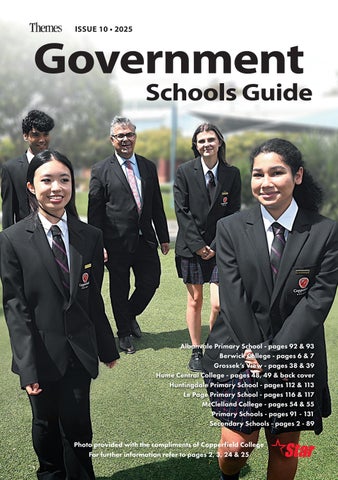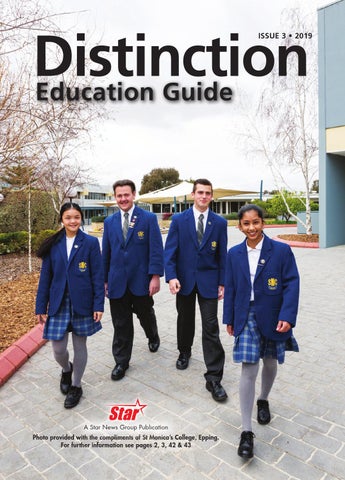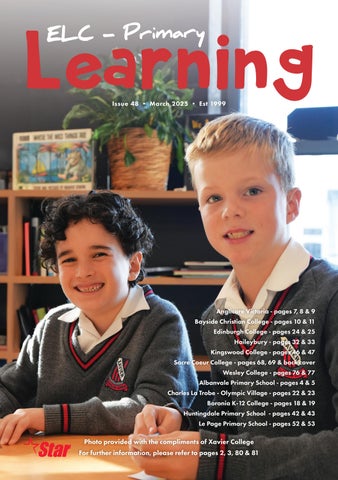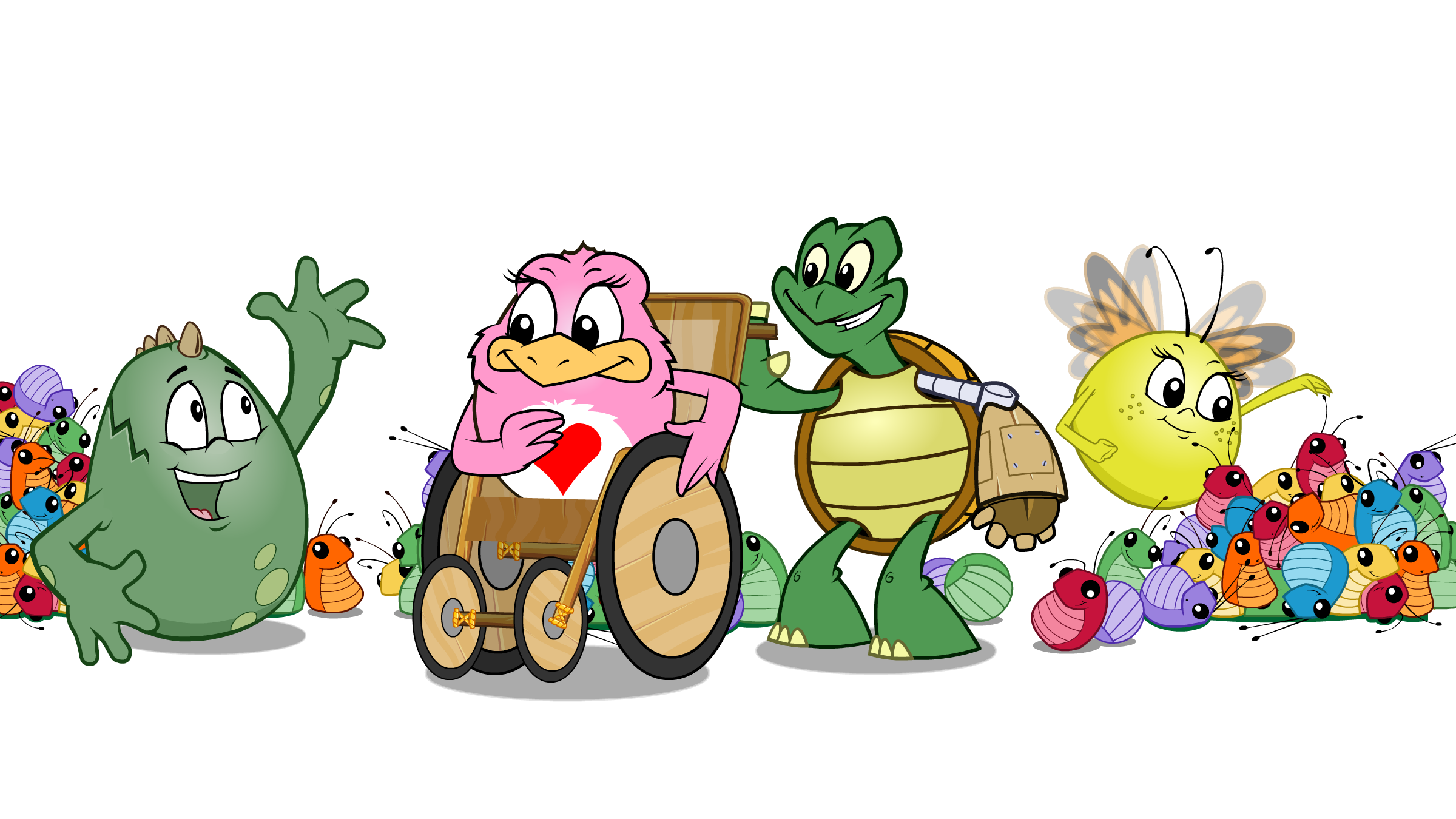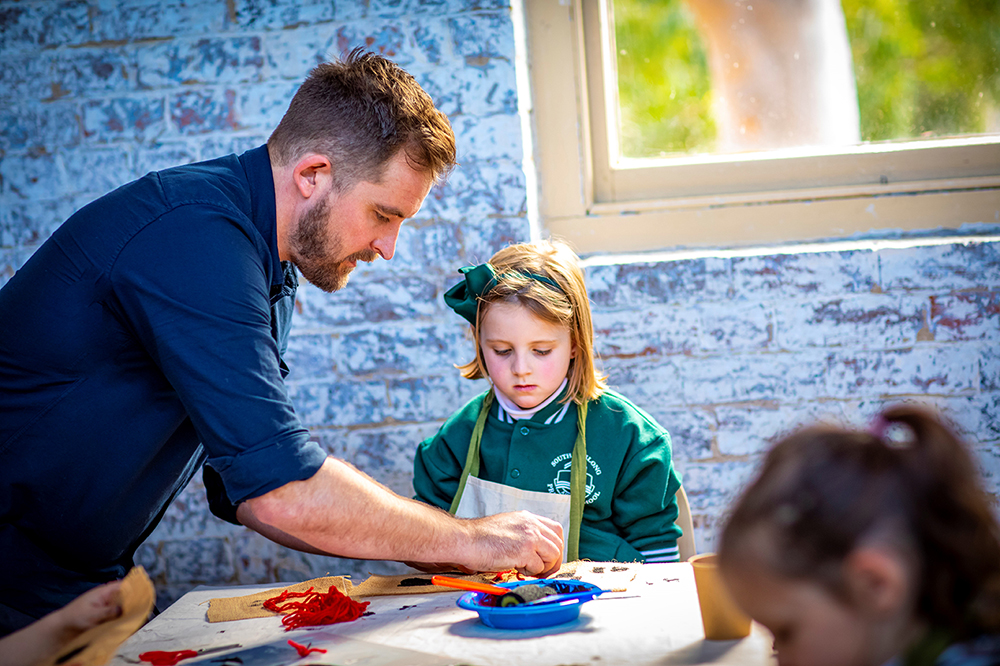How can schools and teachers combat student anxiety regarding the transition from school to the workplace?
When young people around Australia start to consider their next move into further education, training or employment it is a period of transition which can significantly affect a young person’s mental health and wellbeing, and anxiety is often heightened, even for individuals who are normally on top of life’s challenges.
Young people are suddenly faced with finding and maintaining a job, and too often they fall into areas of profession that hold no personal interest for them. They have limited job-seeking or industry-specific skills, so work-related confidence can easily lead them to an all-time low after the relative safety net of school life.
The prospect of entering the workforce presents multiple challenges beyond the most obvious objective of finding a job. Let’s not forget the plethora of life-admin requirements that come with working life, such as bank accounts, superannuation, transportation, taxes etc. All necessary evils which can be resolved relatively easily as long as you know how, but to a typical teenager they can present instant stress. Parental expectations also often change when young people start earning their own money, and unexpected considerations regarding housing, rent, household expenses and domestic chores start to come into play.
However the biggest potential disruptor to a young person’s mental wellbeing is the pressure to formulate a new social identity as a newly-fledged working professional. They suddenly find themselves thrust into the world with different societal expectations, diminished support systems and adult responsibilities.
Transparency is key. Schools need to highlight these many and varied challenges to a young person’s comfortable status quo early on in Year 12 so that students have time to mentally prepare for what lies ahead by the time exams are over. Post-exam celebrations will have less of a hangover if the foundations for the next stage have been laid in advance.
The overarching message to students should be that early and ongoing two-way communication is essential. Teachers should encourage students to ask endless questions about what changes will occur in their lives and how they can manage them accordingly. Engage parents/guardians in the process, providing current information about the changing world of work, the new notion of portfolio careers and what job searching looks like today.
As a basic priority, schools should be clarifying the recruitment process, honing job seeking skills, providing tips for writing resumes, conducting interviews, team work, problem solving, critical thinking and financial literacy, plus setting expectations regarding typical timelines for securing a job and all other aspects of the transition. It is also essential to develop work-ready skills before employment commences.
Schools can also play a vital role in demystifying work culture, employee-employer relations, salary expectations, dress codes, acceptable workplace behaviour, work hours, health and safety best practice, all before a young person has even walked onto the job. Practical solutions include linkages with a variety of local businesses from different industries at school-based seminars or during a “careers day”, or encouraging students to seek out part-time work or voluntary work to gain exposure to the work environment early on.
Employment providers and government services tend to predominantly focus on placing people in employment, rather than providing tailored strategies which play to an individual’s unique strengths or personal interests. At the start of their careers, young people should have their boundaries pushed and confidence built, rather than following a one-size-fits-all bureaucratic box-ticking exercise. Too many young Australians enter a job based on the need to earn money, rather than following their heart or aligning their skills to the best fitting trade or industry. In addition to the more logistical guidelines, teachers can promote several tips to a maintaining healthy headspace throughout the process of finding a job: obvious points such as eating and sleeping well, which are crucial to maintaining positive mental wellbeing during times of stress. Regular exercise is one of the best ways to reduce daily anxiety levels as well as breathing exercises or simple mindfulness activities like drawing or listening to music.
Putting these useful daily tips aside, the most important thing schools can do is to openly acknowledge to students that the transition is an inevitable milestone of emotional upheaval and any related anxiety is by no means strange, uncommon or shameful.
Once this is accepted, it will be easier for teachers to then go on to promote the upsides to working life. Research has shown that working can actually help reduce mental health symptoms and improve an individual’s wellbeing and sense of purpose. It provides structure and routine, not to mention a platform for more varied socialisation, financial independence, technical skills and broadened life experience.
Transitioning from school into the workforce is one of the most eventful periods in a person’s entire life and should not be under-estimated or over-simplified as a routine join-the-dots journey. Schools should acknowledge the challenges, outline the processes and embrace the prospects. By establishing structured, formalised approaches to workplace transitioning that will arm students with the best possible tools and mindsets, Australia’s workforce can look forward to future generations of confident, enthusiastic, inquisitive and challenging employees.
Headspace, National Youth Mental Health Foundation Work and Study Programs support 15 to 25 year olds to plan a career, find employment or work towards further education in a highly accessible, confidential and youth-friendly environment. From one-on-one support with a careers specialist to linking in with industry-specific mentors, our work and study programs provide free, expert and tailored support. The service exists to support young people whose work and study activities have been impacted by mental health, especially for those young people who are not eligible for traditional employment services or are not receiving the level of support they need from these services. And they are delivered online or over the phone to ensure that all young people, wherever they live, can take part.
Please go to www.headspace.org.au/our-services/digital-work-and-study-service/ for more information.



